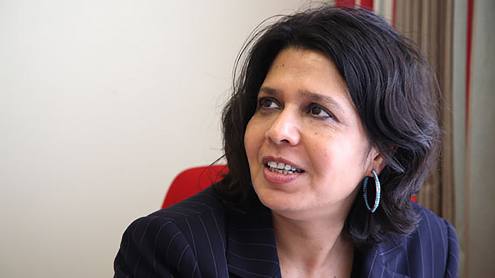Sustainability is a term increasingly mentioned in business presentations, investment documents and official statements. It was arguably one of the most cited terms at the recent spring meetings of the International Monetary Fund and World Bank. It will inevitably continue to be used in public and private conversations.
Yet despite its popularity, sustainability remains a poorly defined idea; it lacks detail. And this lack of a granular definition poses one of the biggest impediments to actually achieving sustainability, be it in terms of macroeconomic growth or financial activity. This is obviously a problem, not least because overly flexible interpretations leave the door open to cynicism. In a worst-case scenario, they lead to inaction.
Localised efforts exist and are laudable. European legislators are looking into what constitutes ‘sustainable finance’ and are set to impose transparency on sustainability claims. And the Network for Greening the Financial System (NGFS) – a growing group of central banks and supervisors organised by the Bank of France – has recently issued a paper calling for action and promising the delivery of future guidelines. Among its six recommendations is developing a taxonomy that improves transparency on which economic activities contribute to the transition to a green and low-carbon economy, and which are more exposed to climate risks.
Obviously, no meaningful data gathering can happen without transparent definitions. The same is true for the development of risk models, the creation and management of suitable investment portfolios, or the monitoring of financial activities.
But as efforts around definitions intensify, opportunities to create an internationally accepted taxonomy should not be overlooked or shunned as too idealistic.
As noted in the NGFS’s report, the China Green Finance Committee and the European Investment Bank have already made such an attempt with a white paper entitled ‘The need for a common language in green finance’, first published in November 2017, where they looked at green bond taxonomies and suggested a potential pathway towards harmonisation.
However daunting the task might seem, others should follow.






